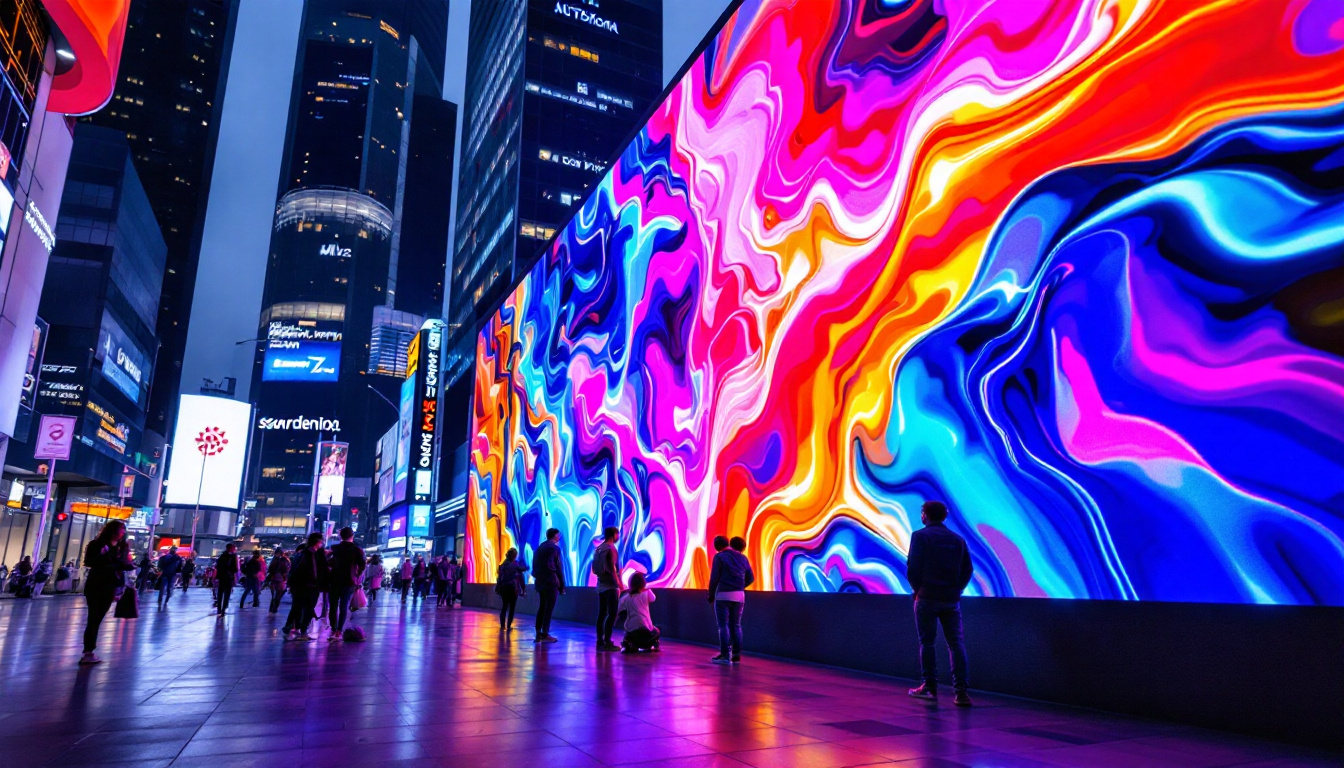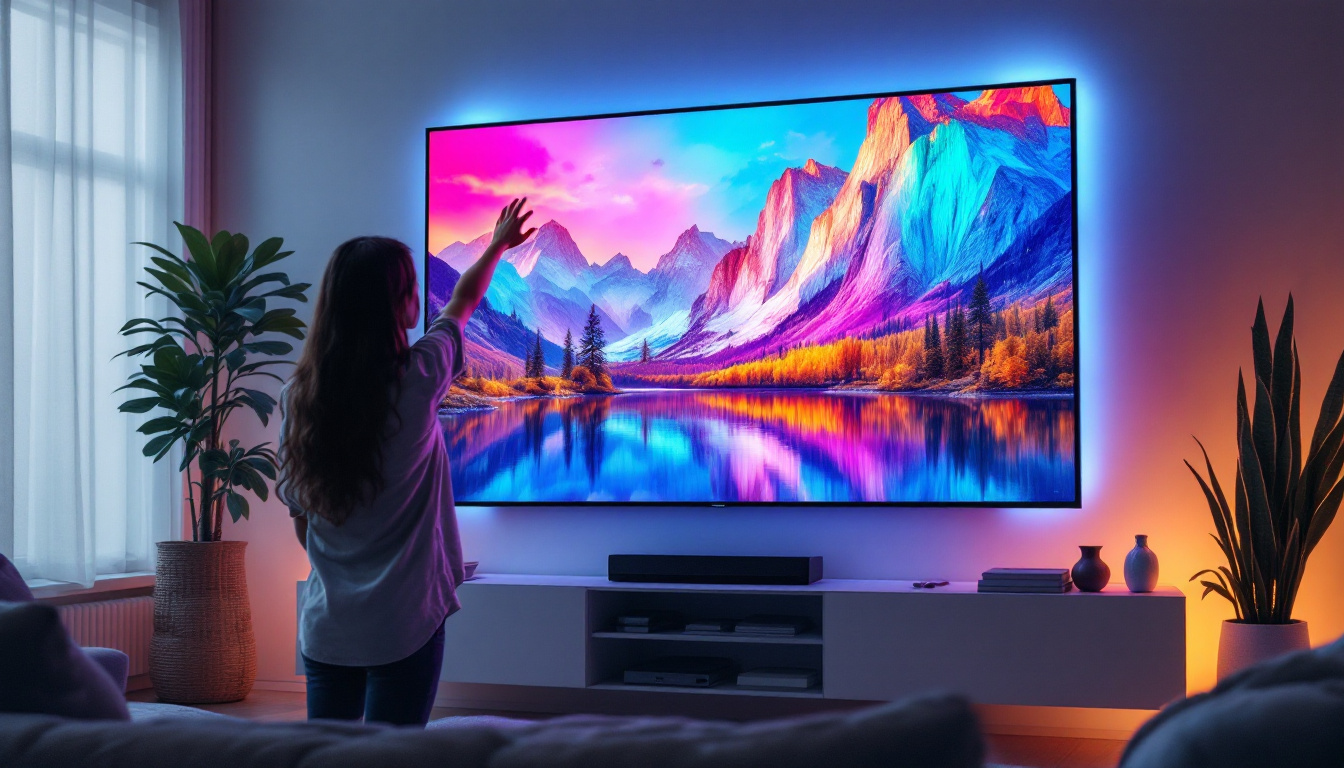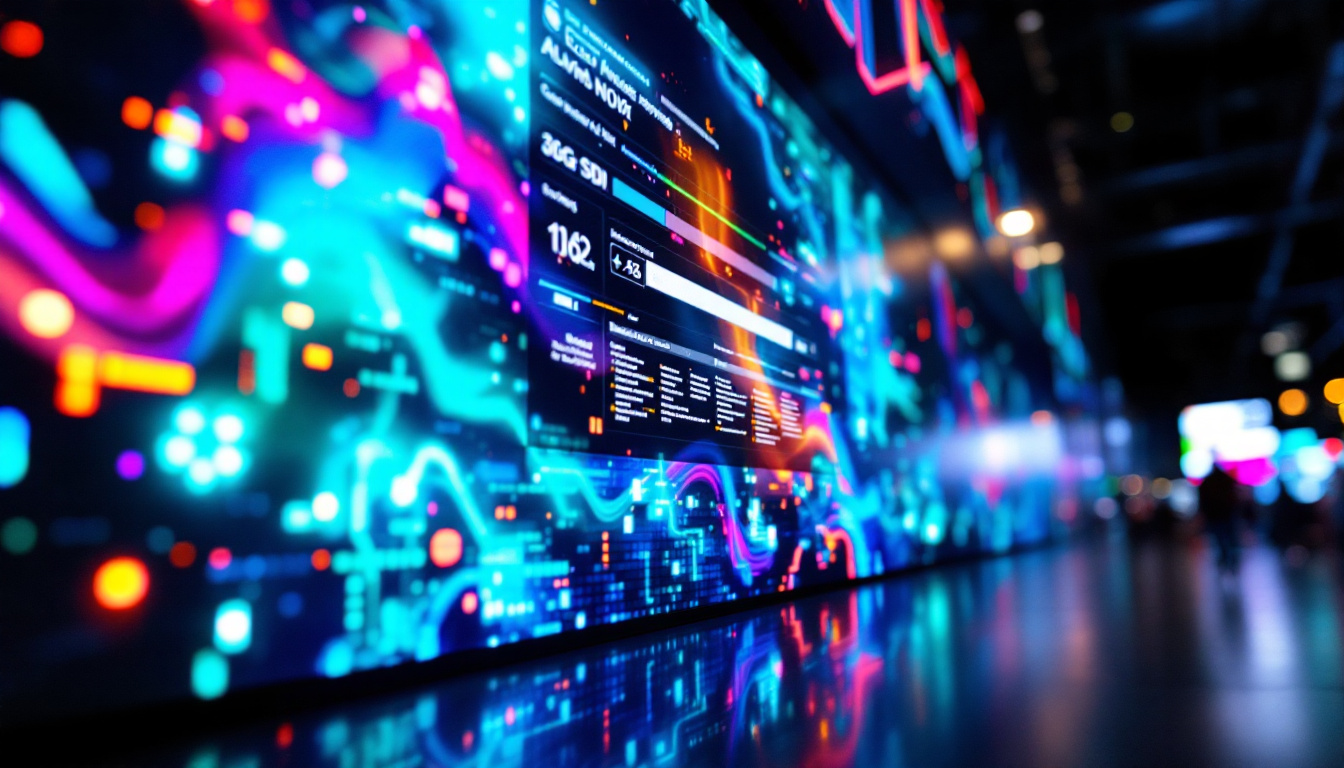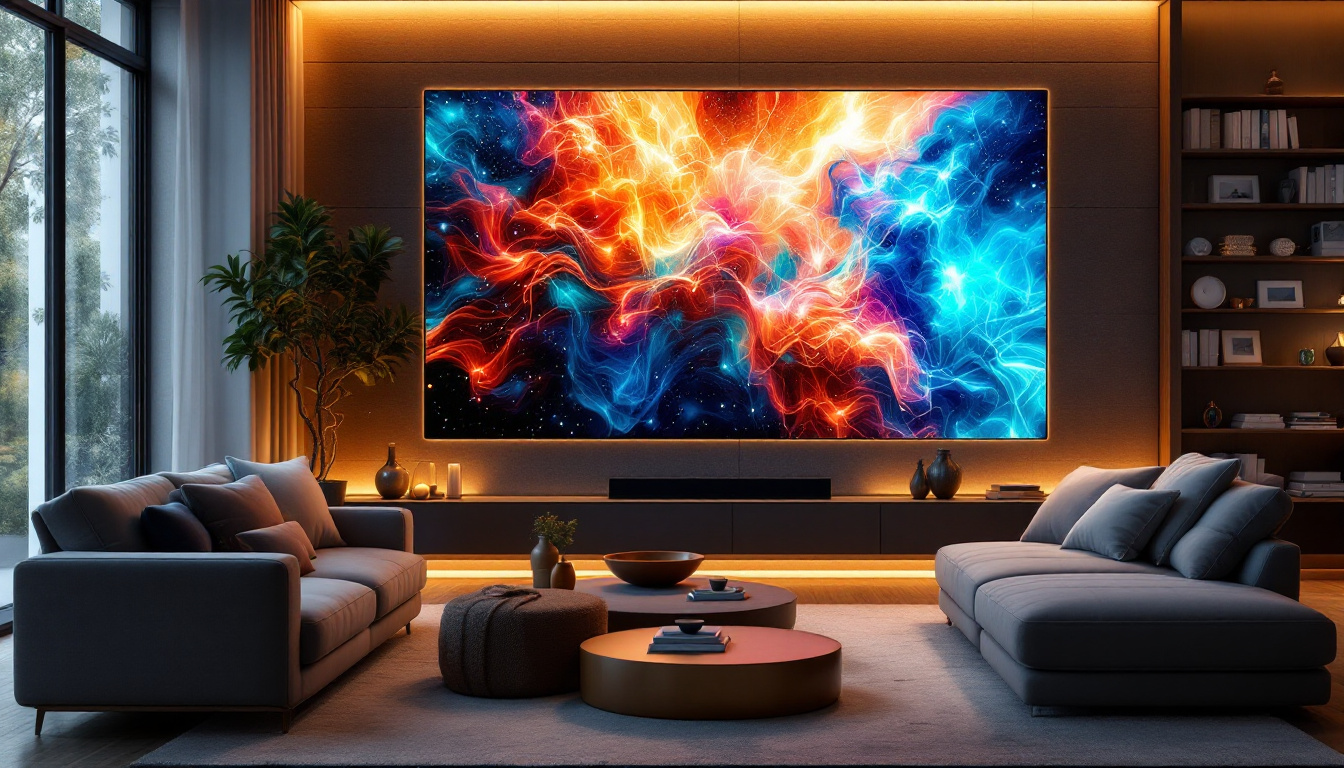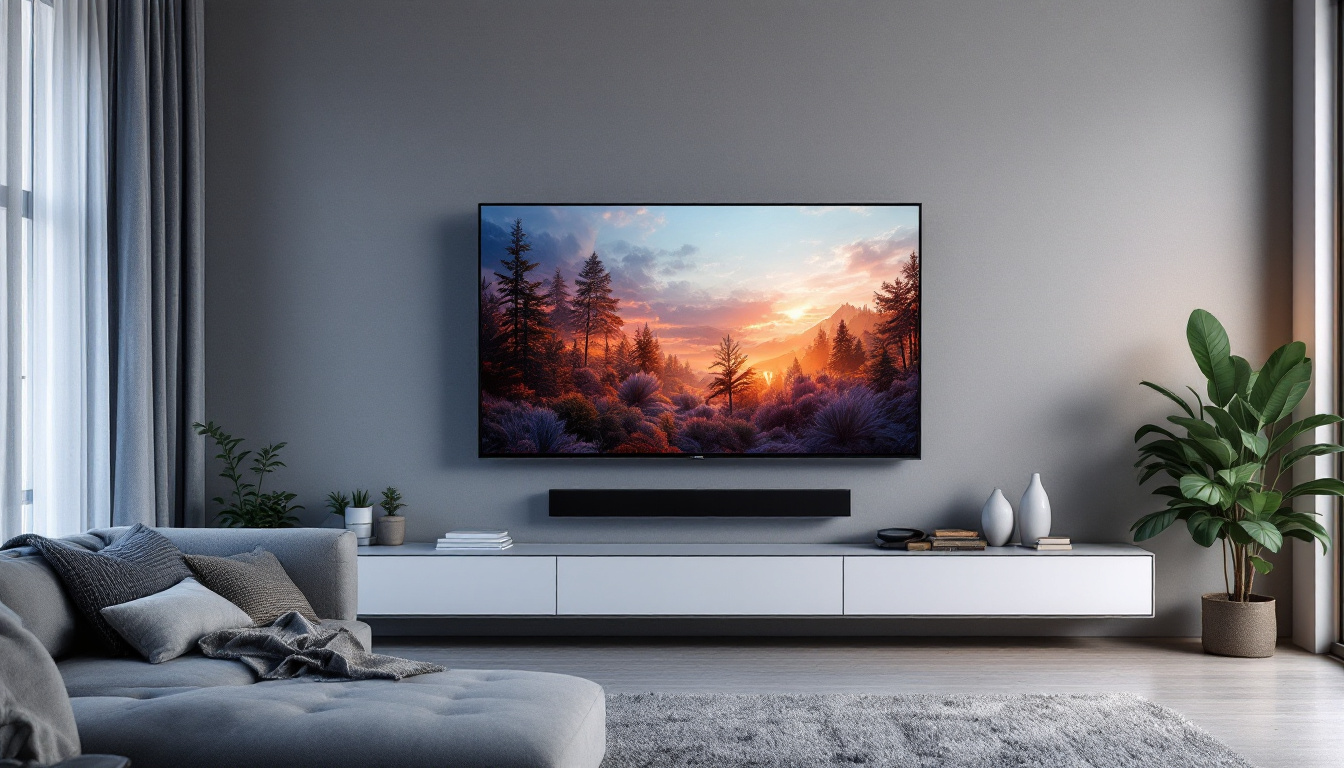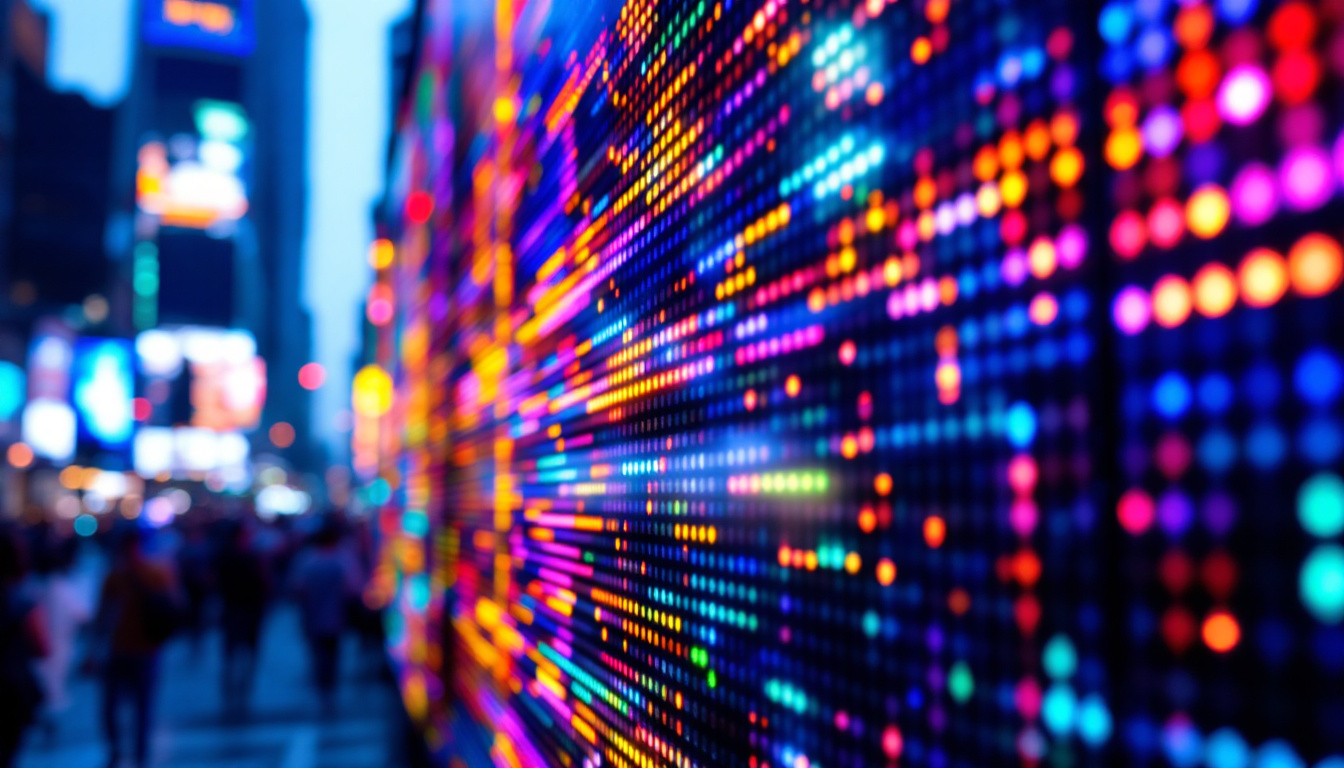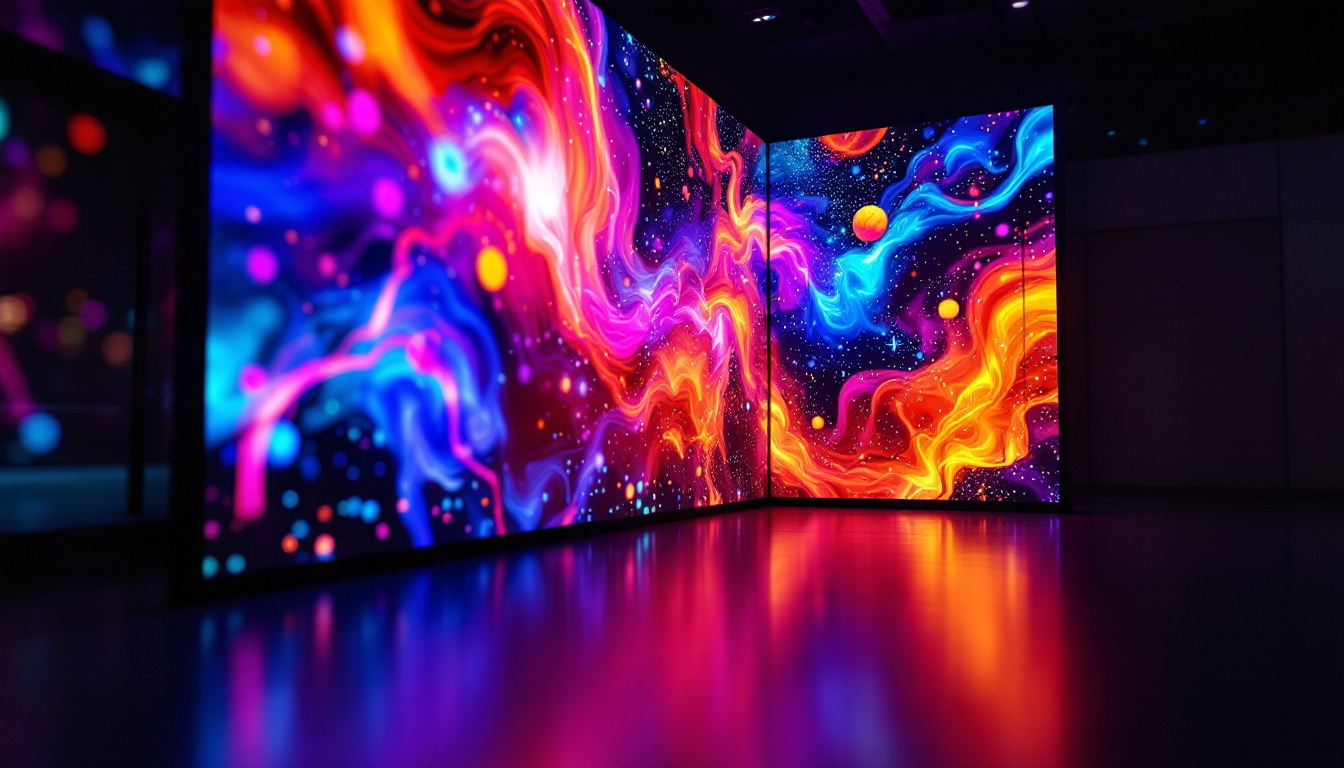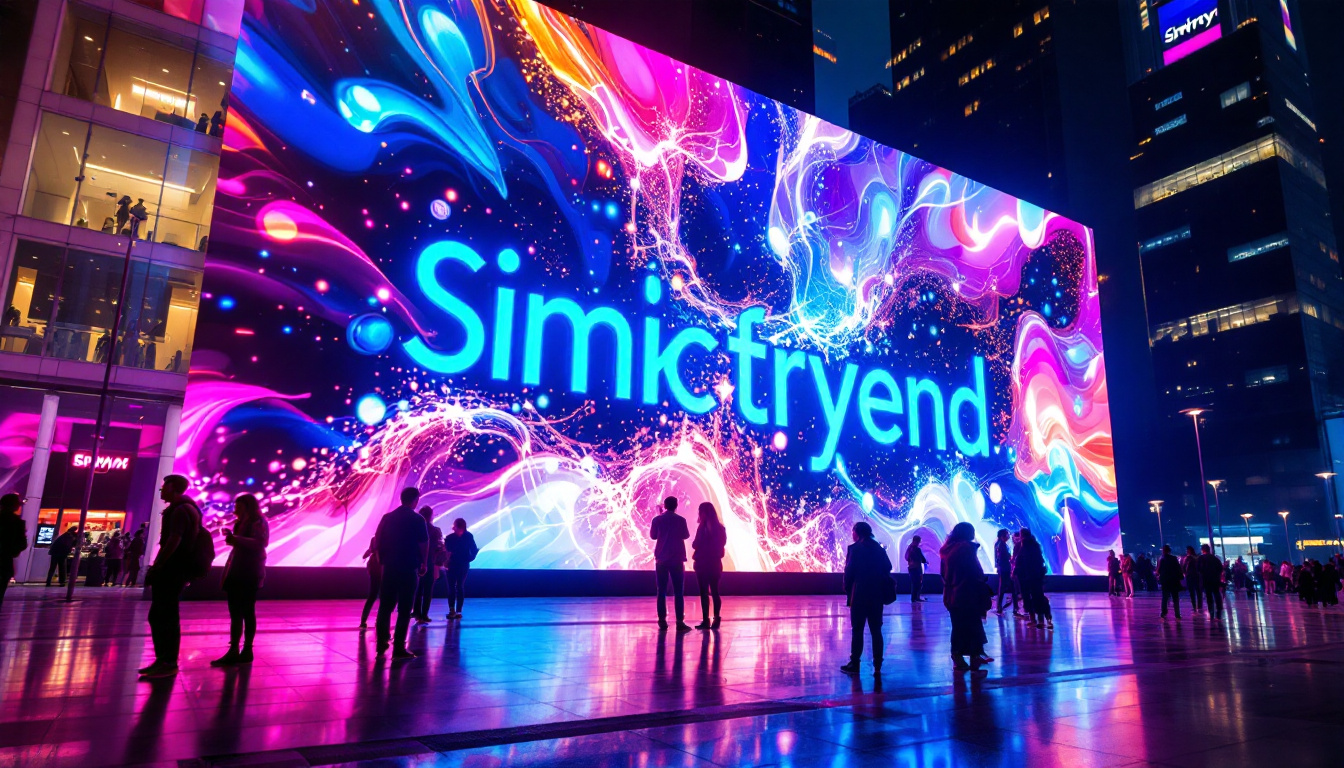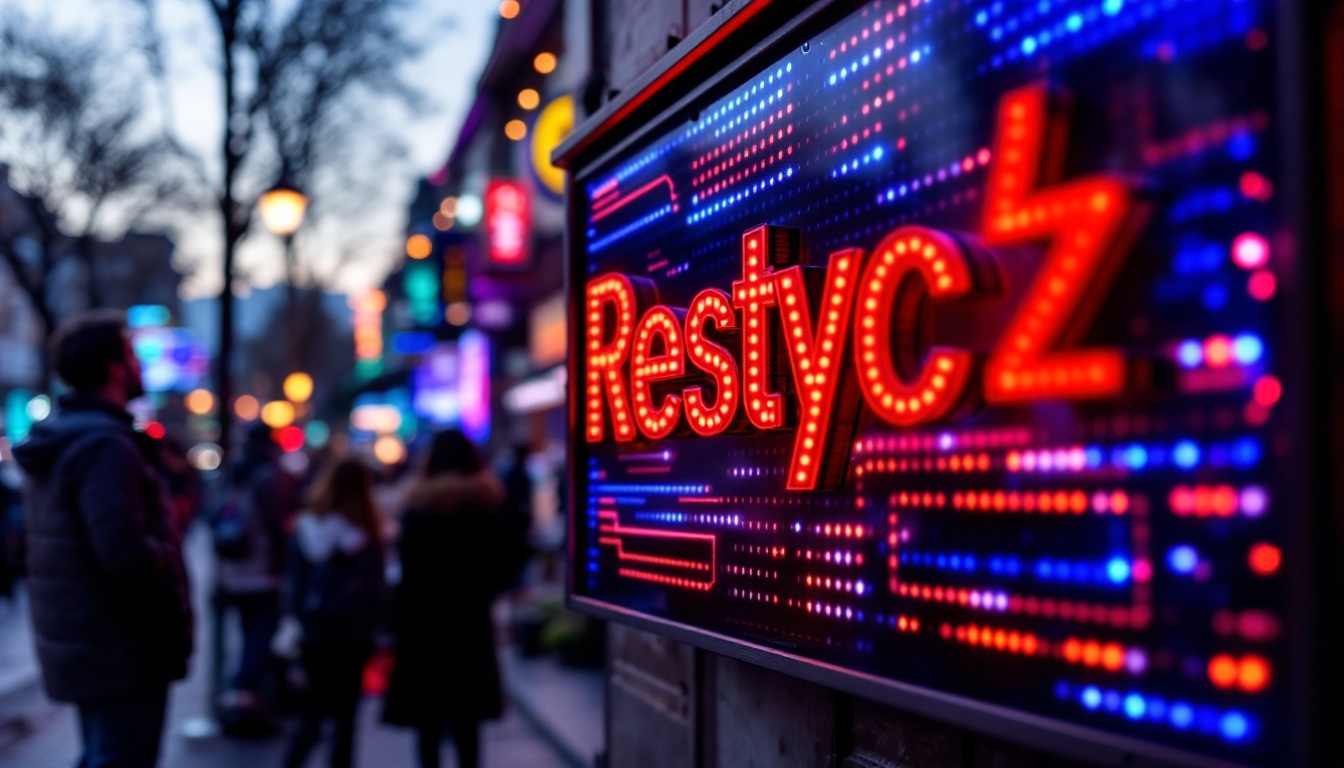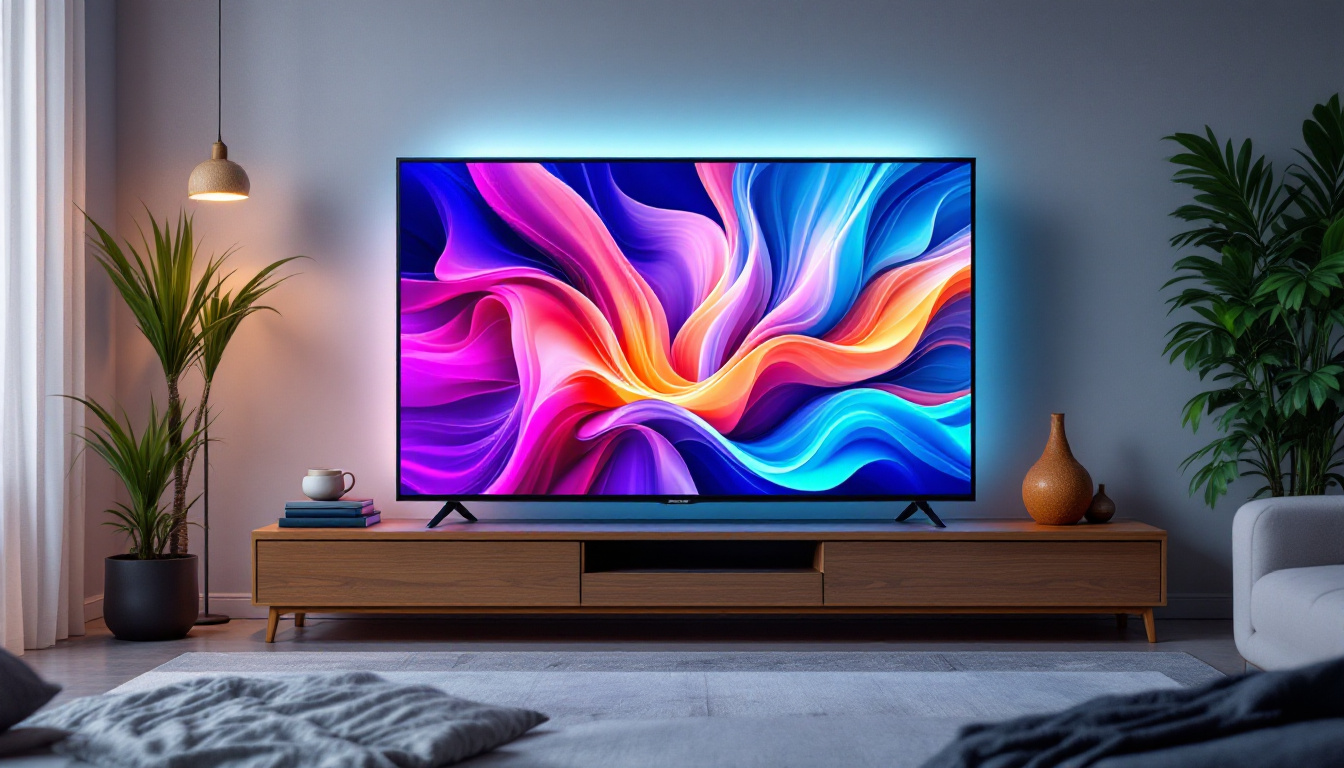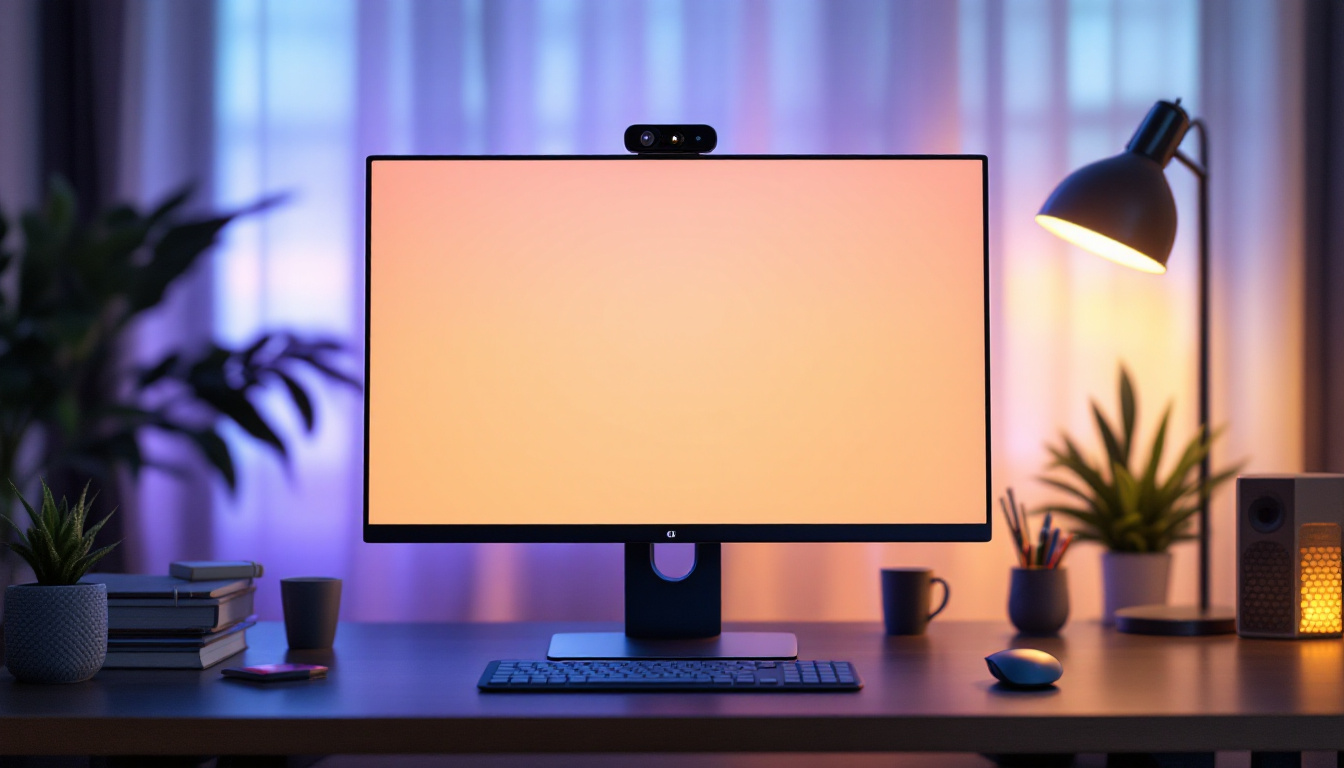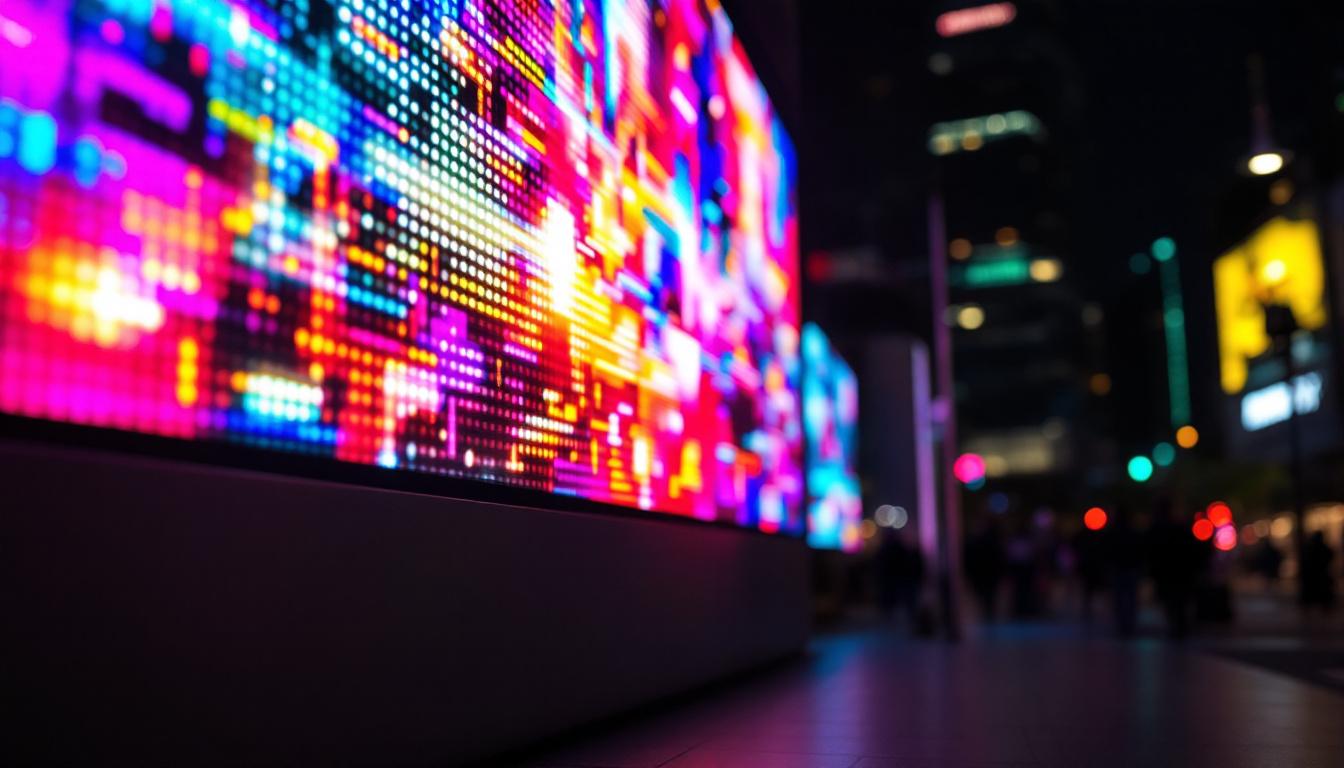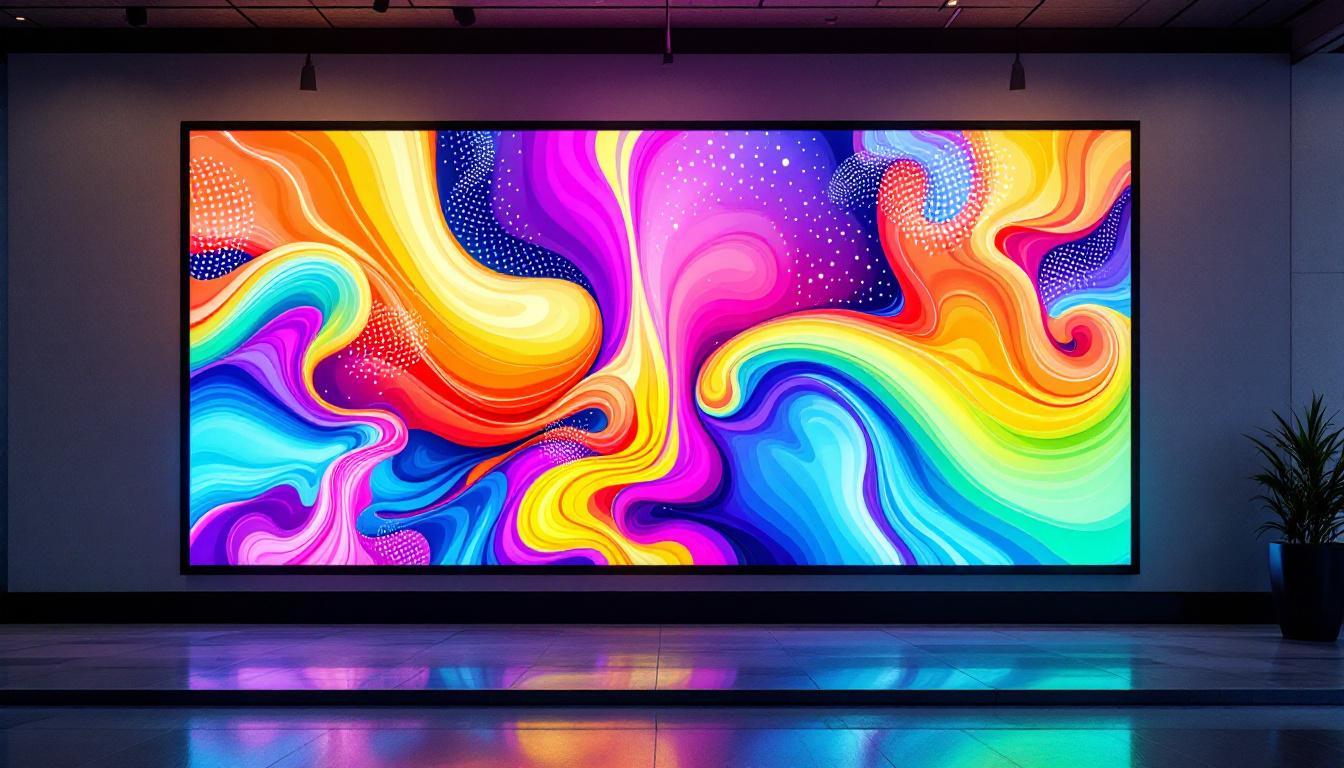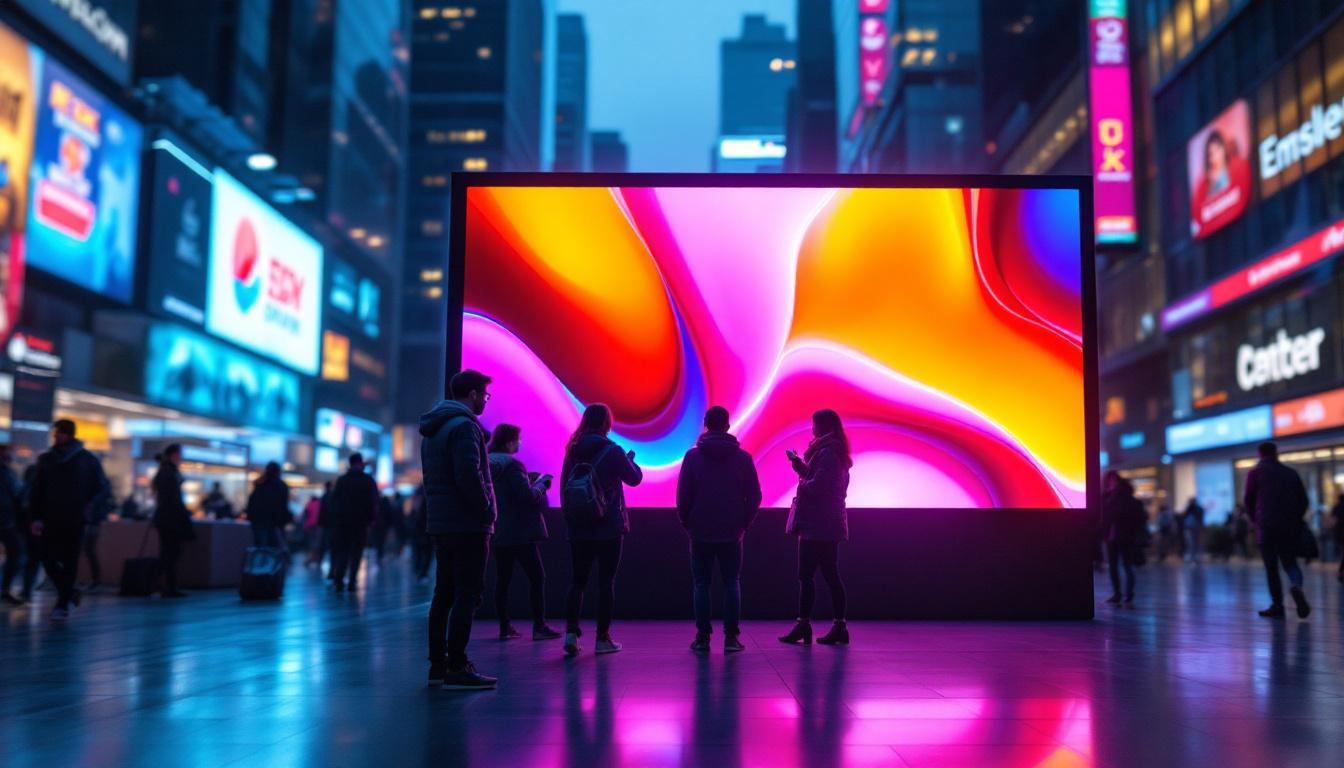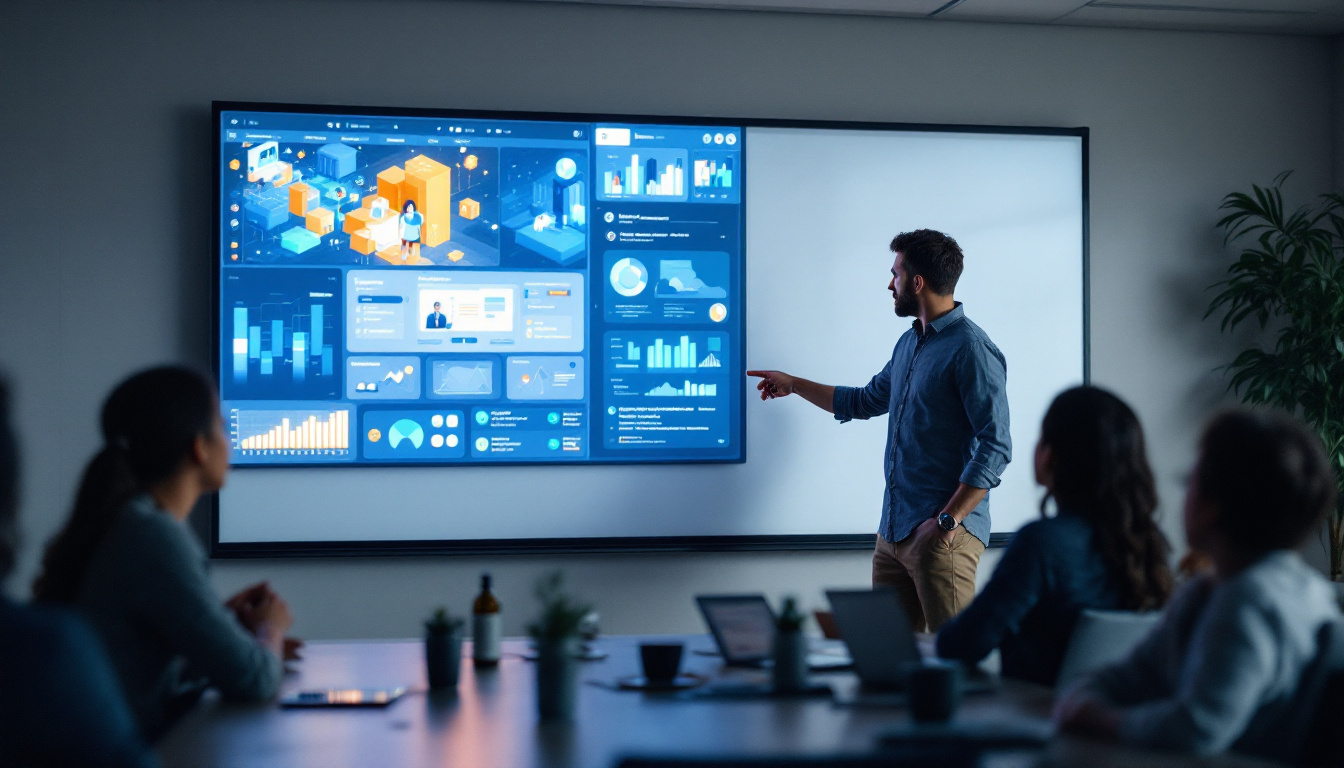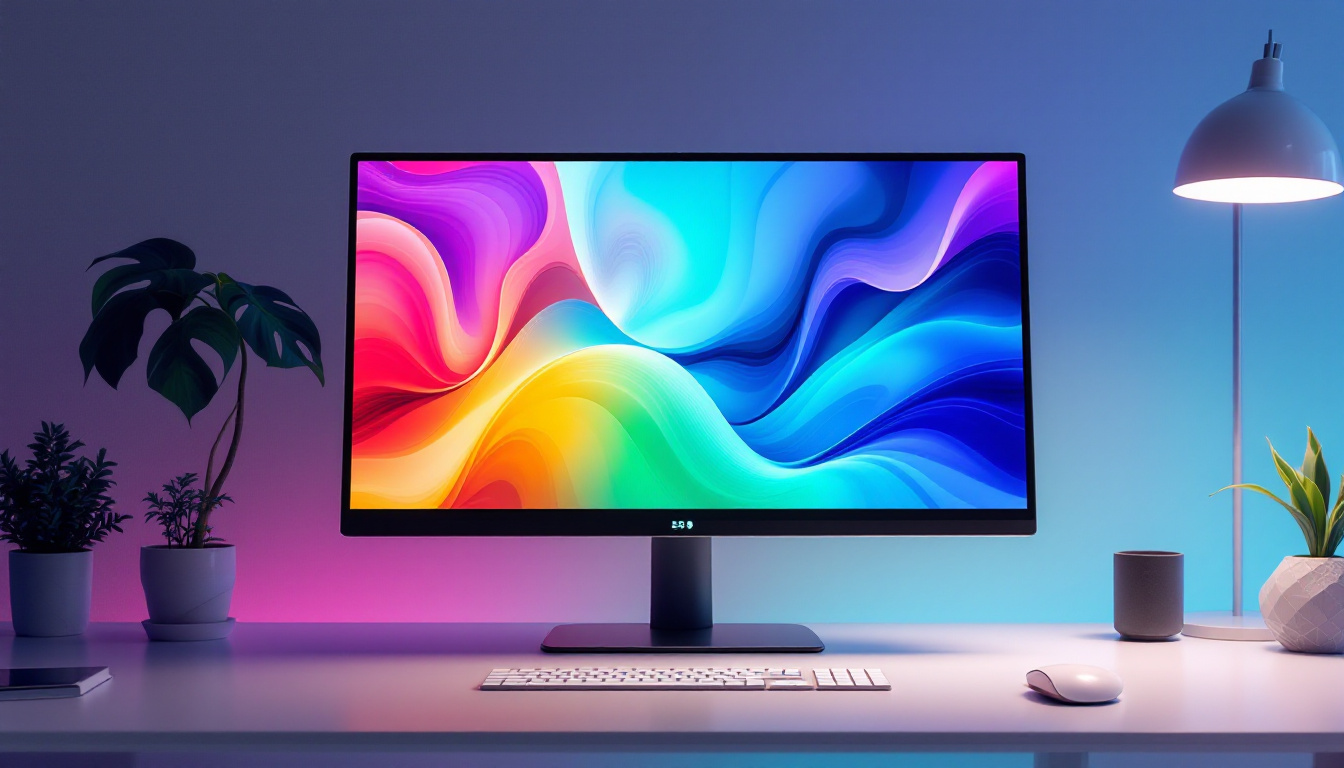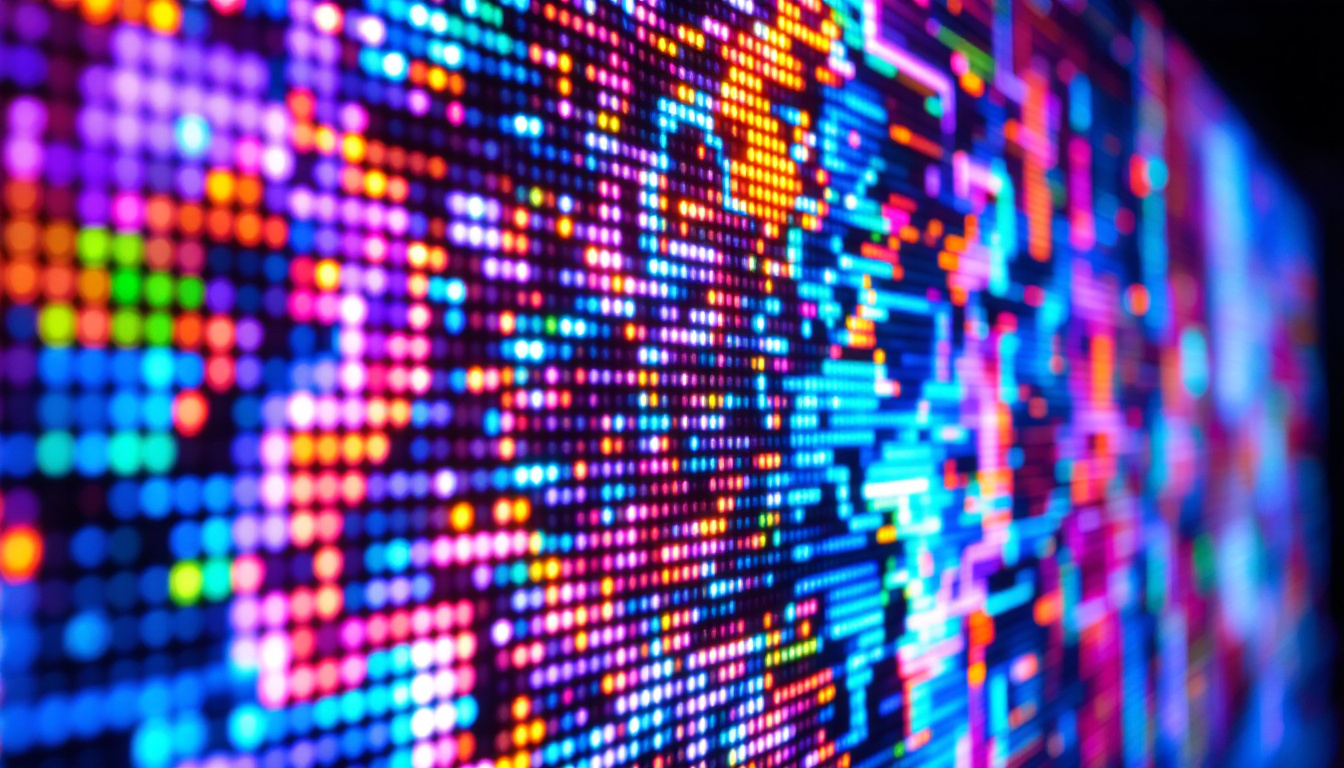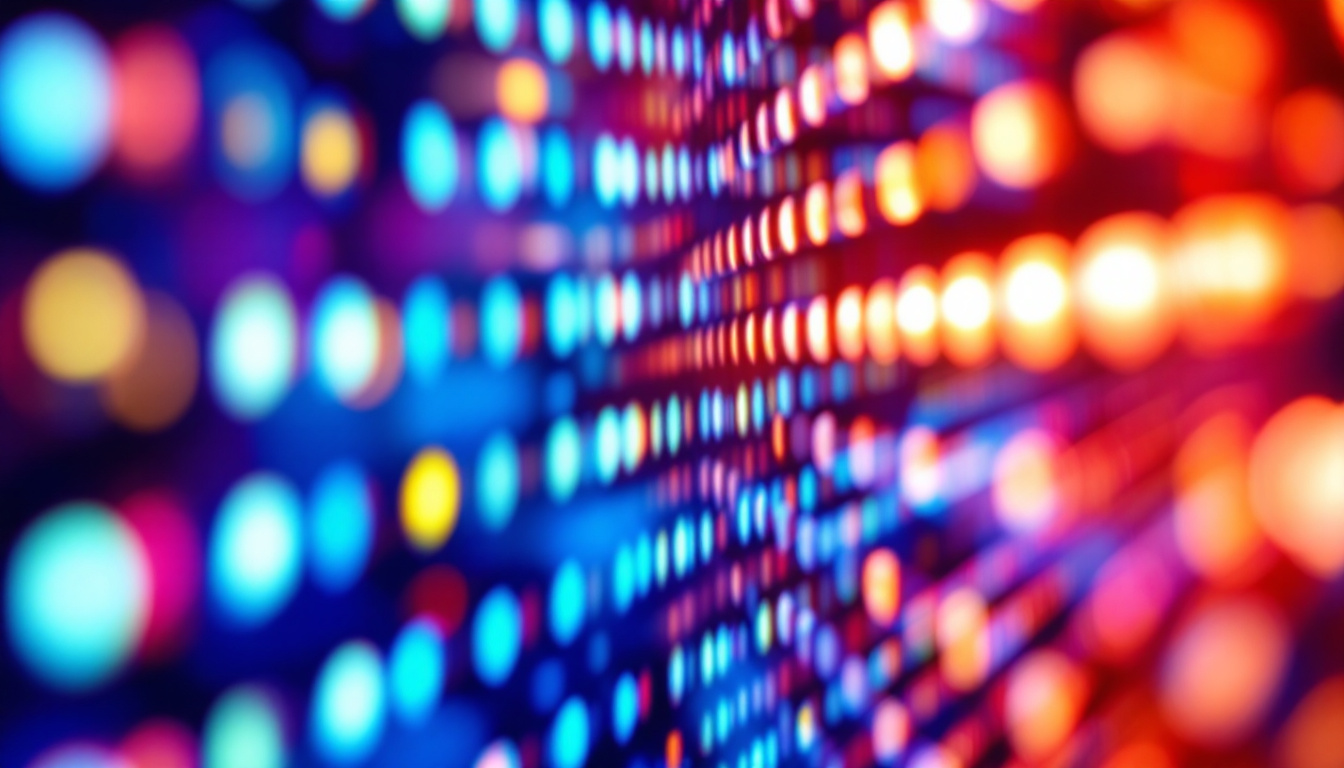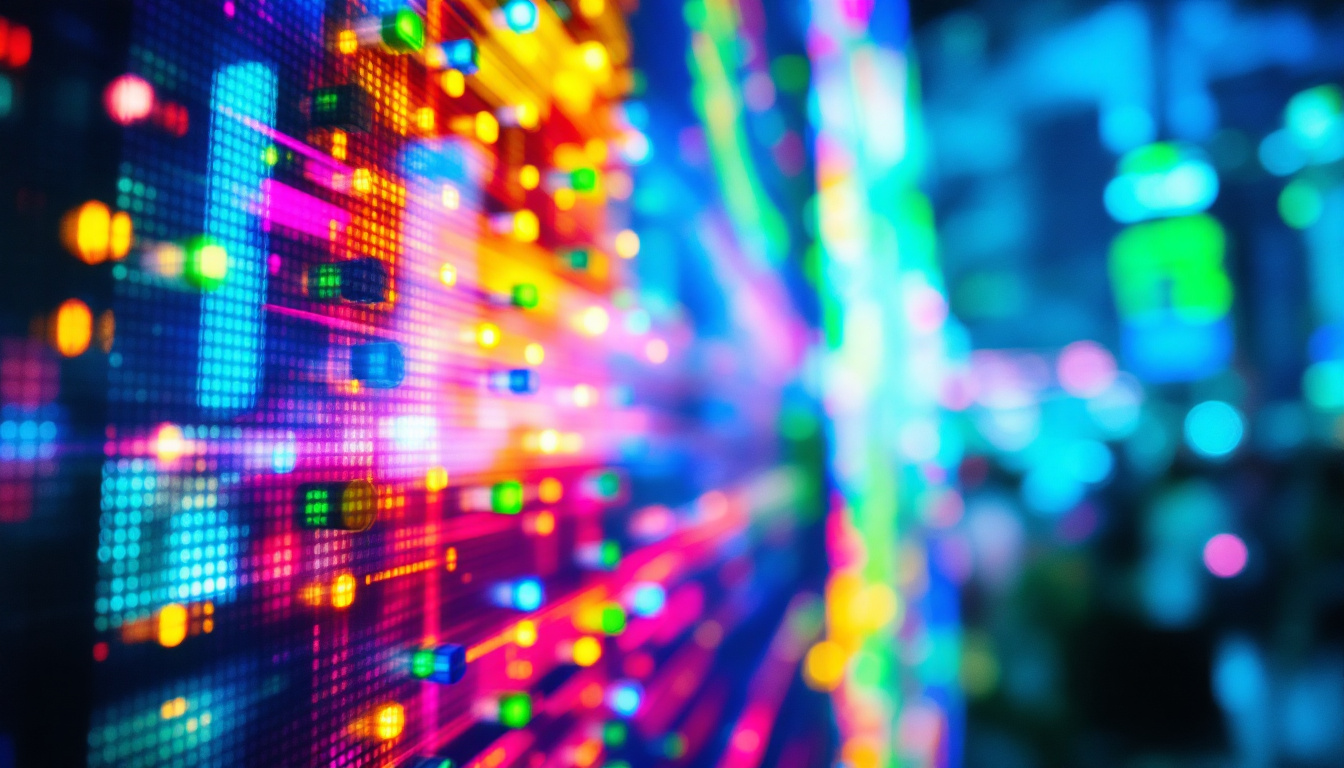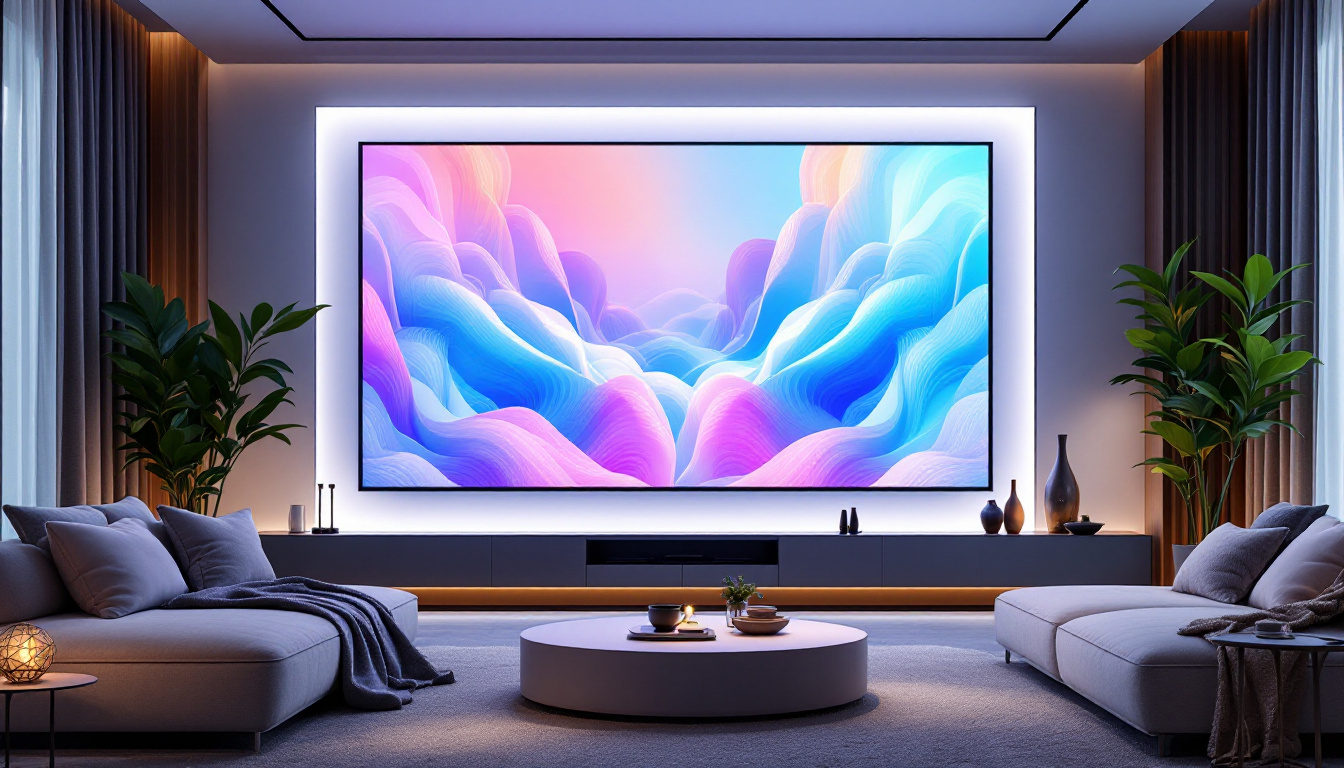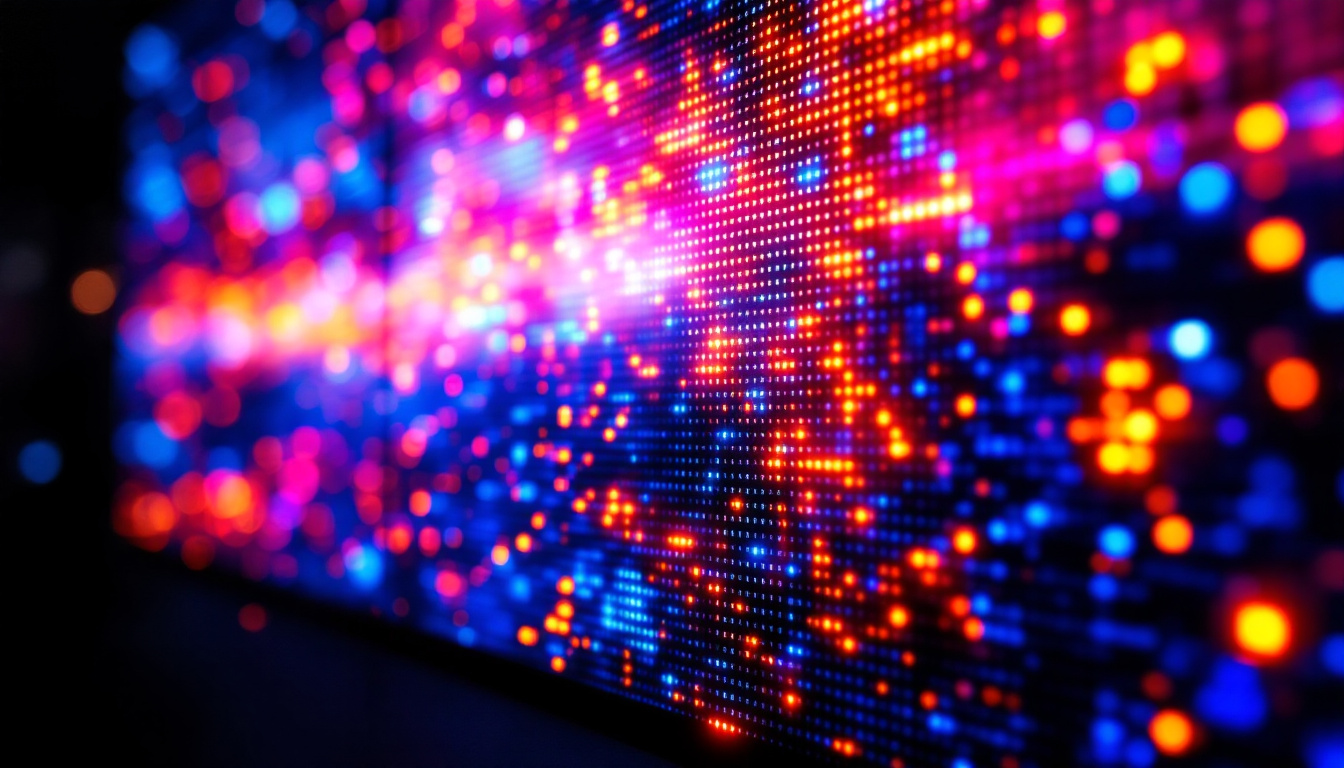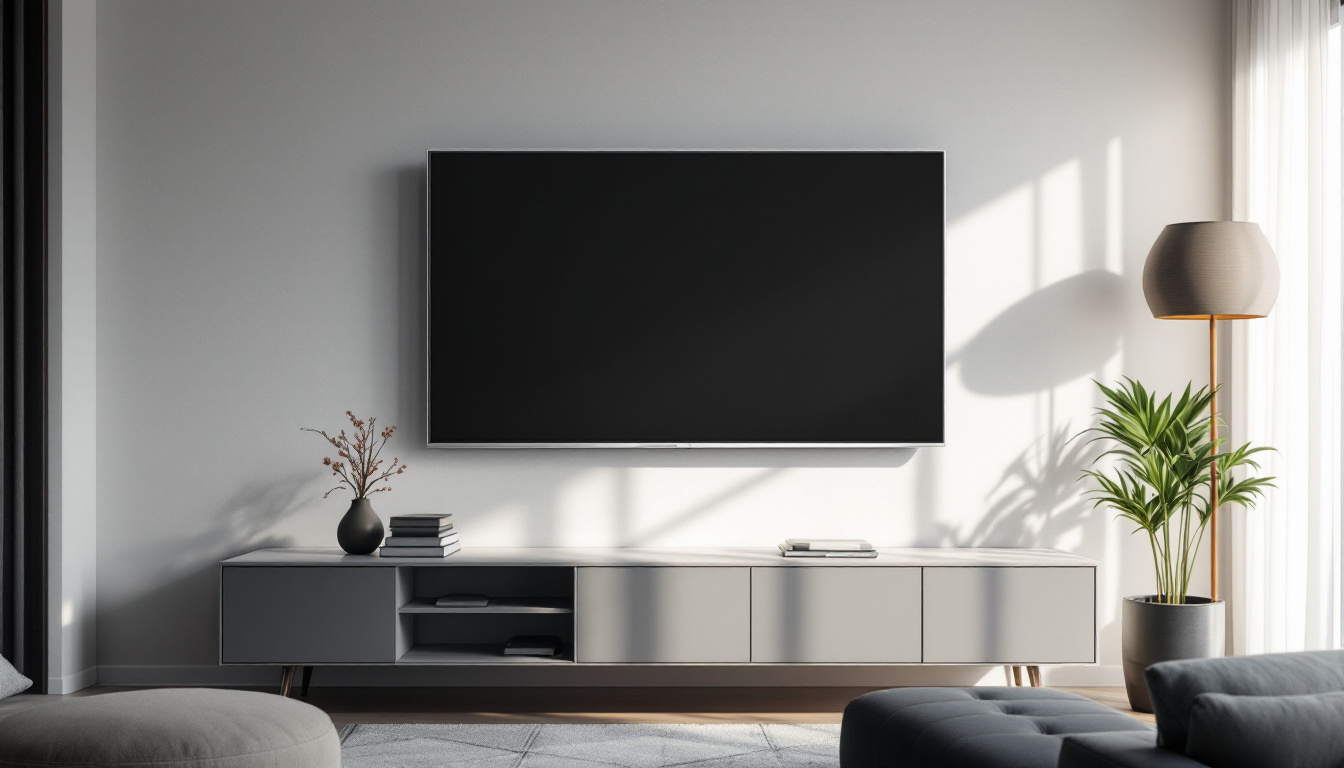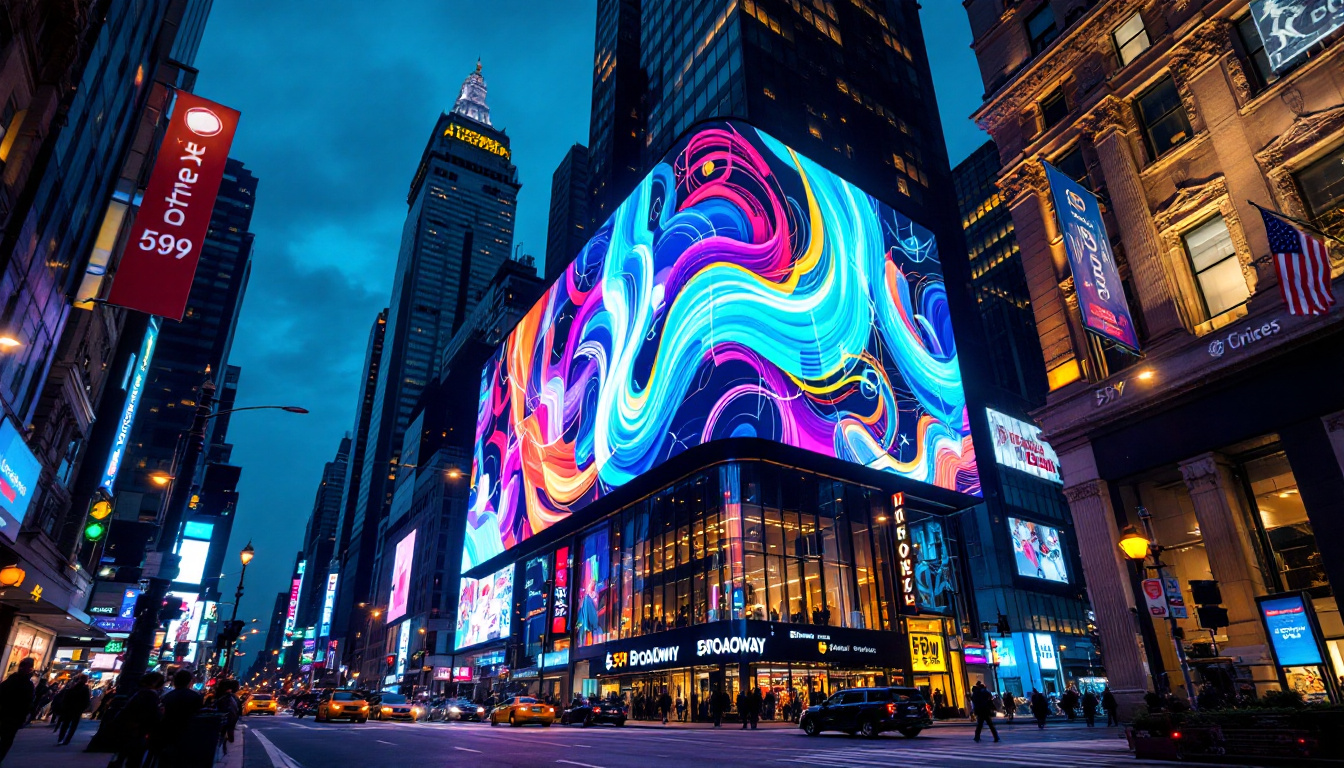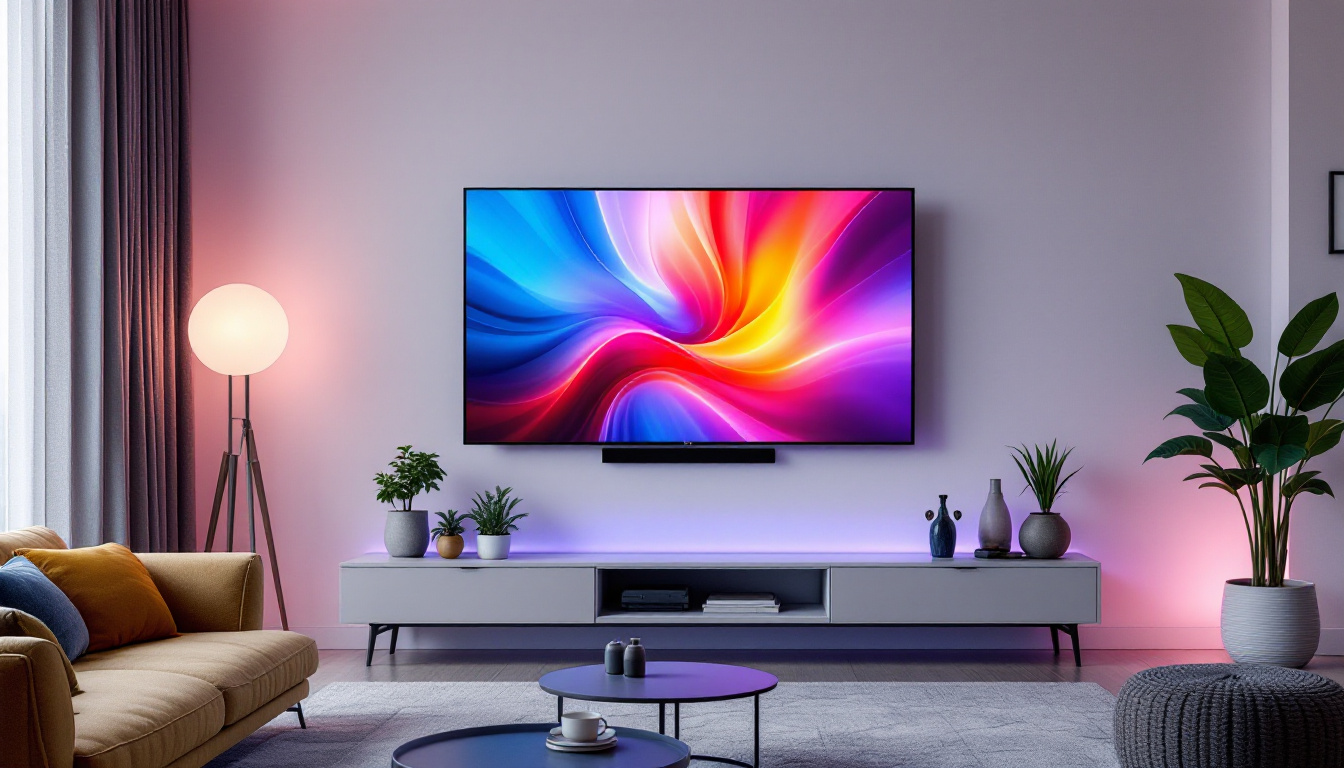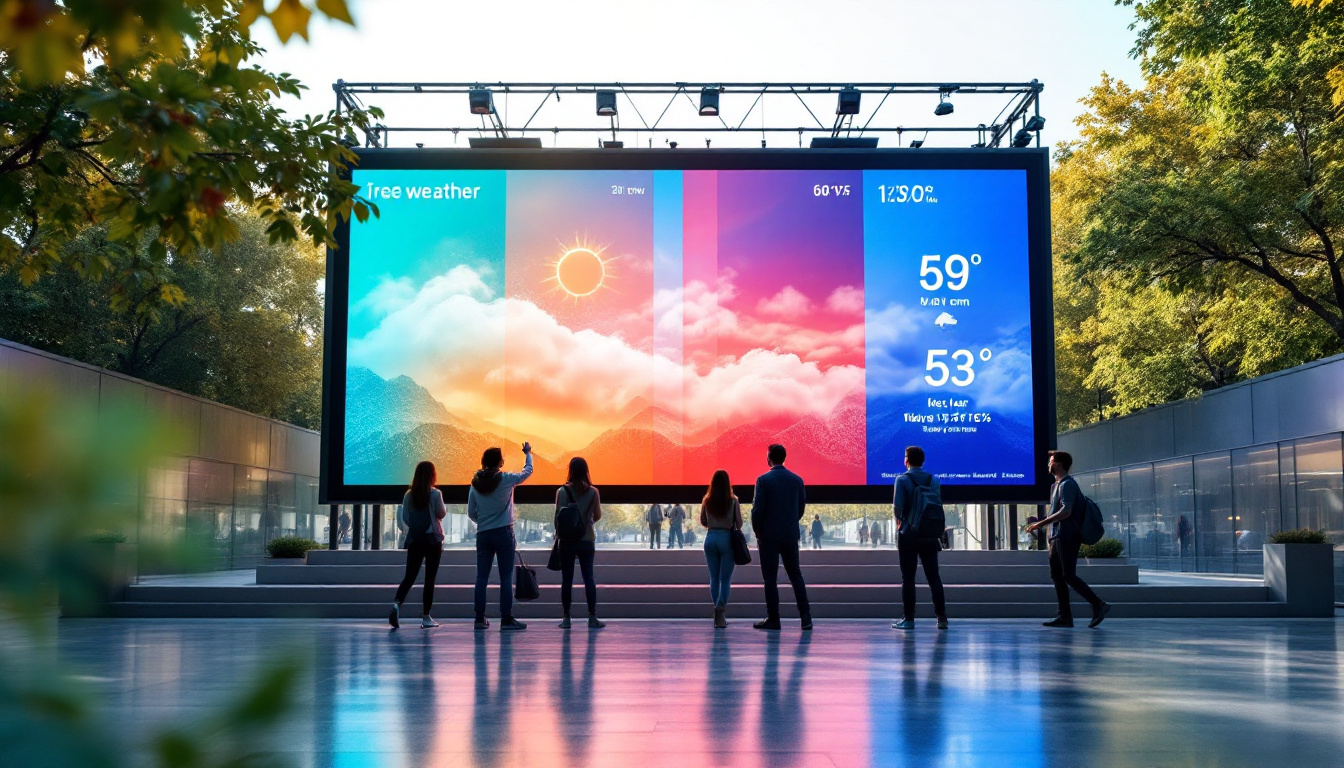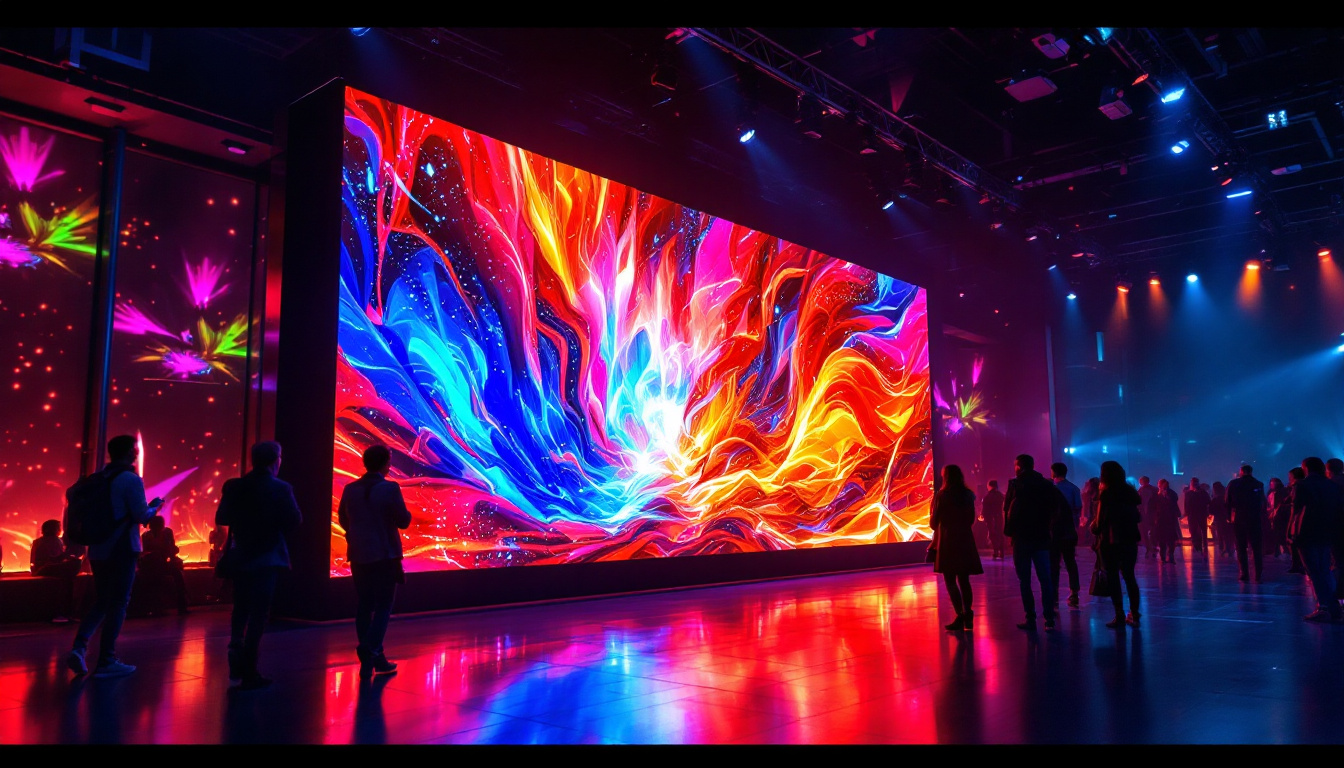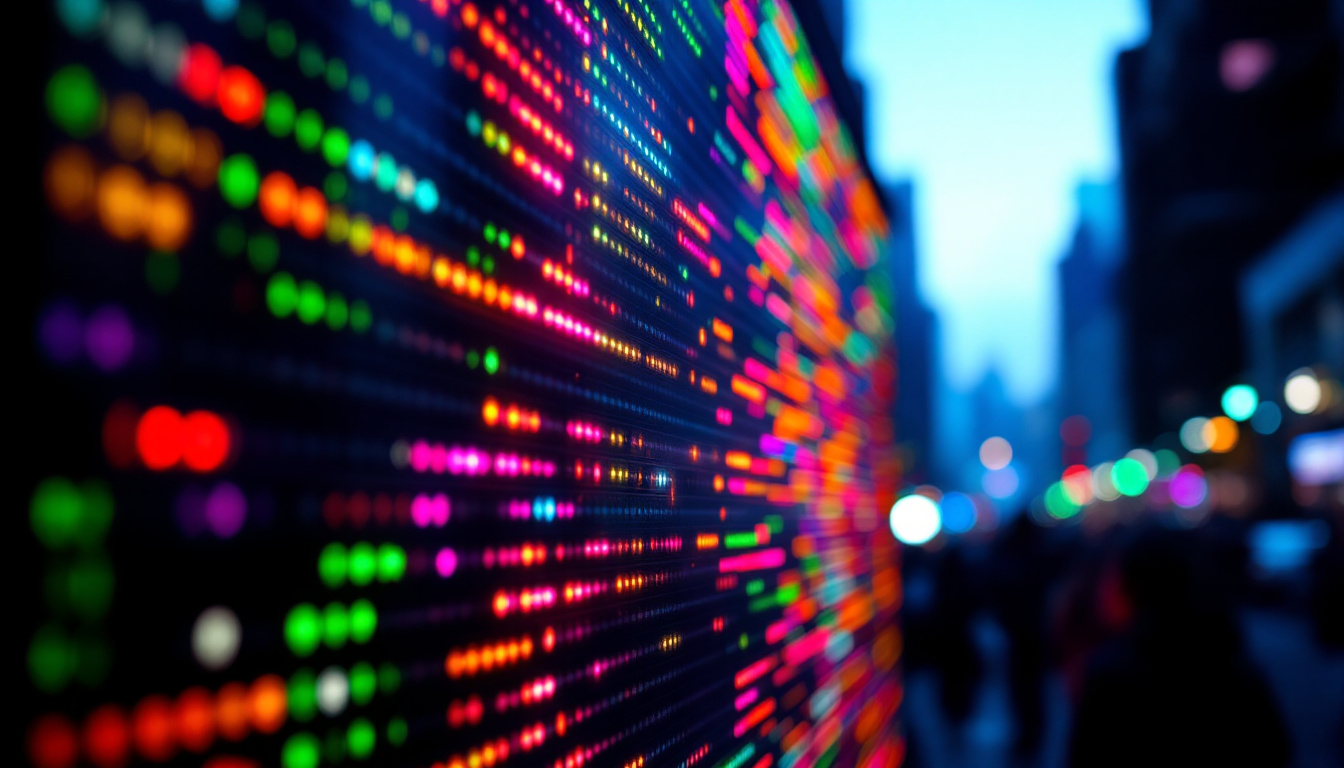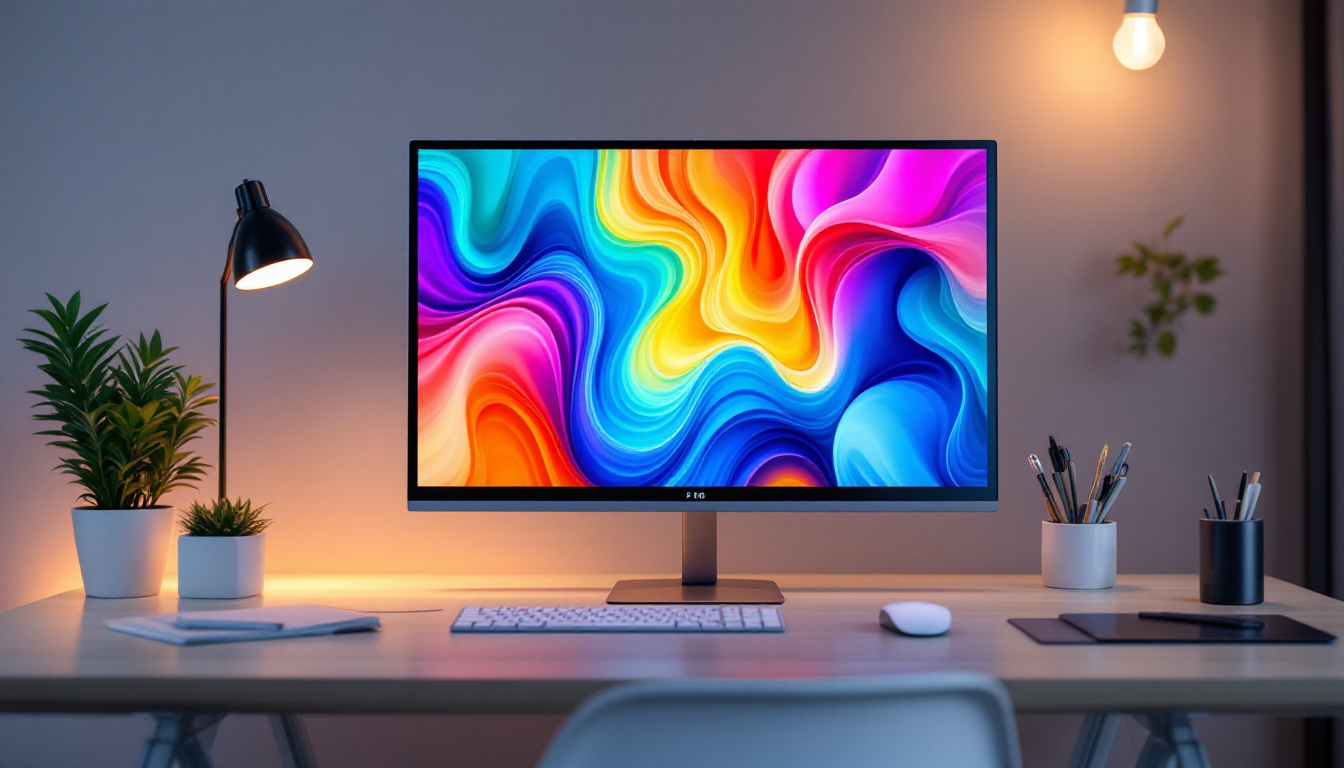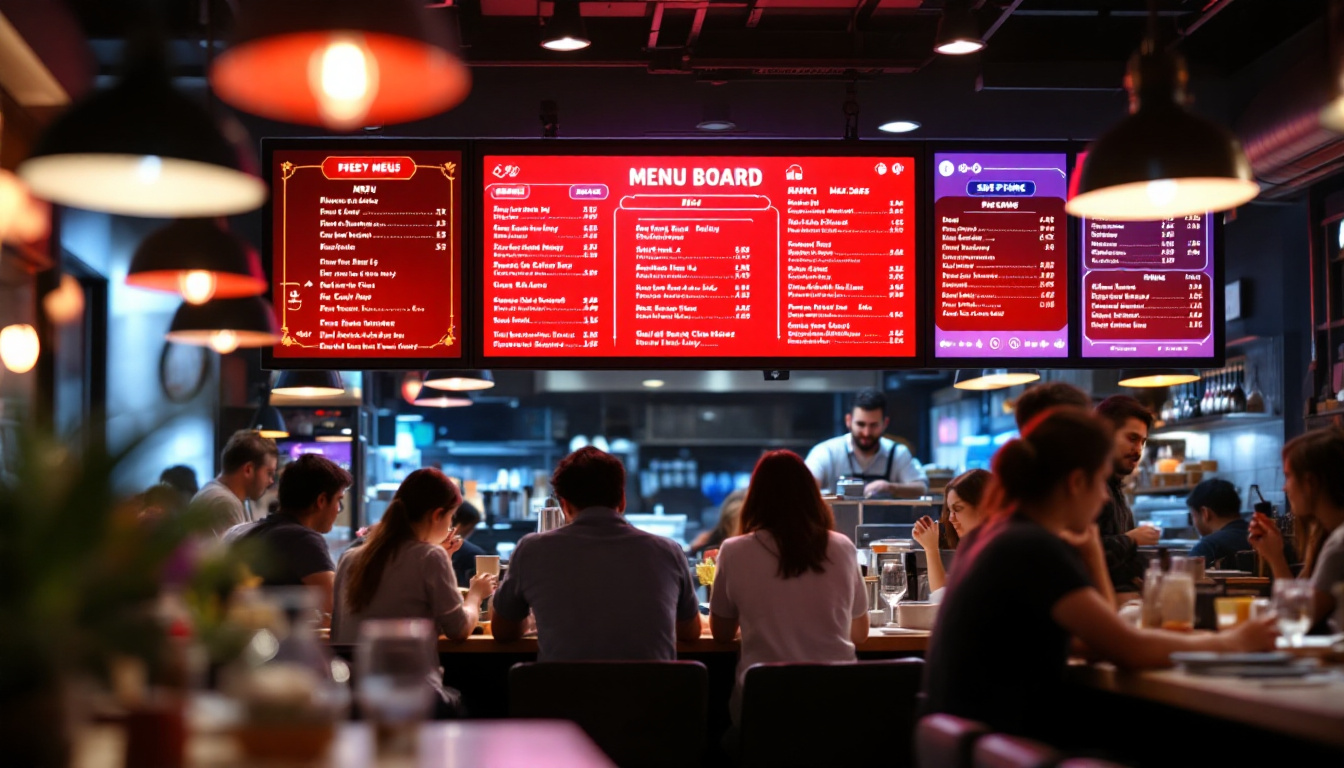In the world of modern technology, LED displays have become a pivotal part of visual communication. From advertising billboards to large-scale event screens, their versatility and effectiveness are unmatched. One of the innovative applications of LED technology is walling, which has transformed how information is presented in various environments. This article delves into the concept of walling, the technology behind LED displays, and their applications across different sectors.
Understanding LED Technology
Light Emitting Diodes (LEDs) are semiconductor devices that emit light when an electric current passes through them. The technology has evolved significantly over the years, leading to the development of high-quality LED displays that are energy-efficient and capable of producing vibrant colors. Initially used in simple applications like indicator lights and calculators, LEDs have transformed into a cornerstone of modern visual technology, finding their way into everything from televisions to streetlights.
How LED Displays Work
LED displays consist of numerous tiny LED lights arranged in a grid pattern. Each pixel in the display is made up of red, green, and blue (RGB) LEDs, which combine to create a full spectrum of colors. When these LEDs are illuminated in different combinations, they can produce images and videos with remarkable clarity and brightness. The technology behind these displays also includes advanced drivers and controllers that manage the color mixing and brightness levels, ensuring a seamless visual experience.
The brightness of LED displays makes them suitable for both indoor and outdoor applications. Outdoor displays need to be particularly bright to compete with sunlight, while indoor displays can be optimized for a more subdued lighting environment. The adaptability of LED technology is one of the reasons it has become the go-to choice for many display applications. Moreover, advancements in LED technology have led to the development of flexible and transparent displays, opening up new possibilities for creative advertising and architectural design.
Advantages of LED Displays
LED displays offer several advantages over traditional display technologies such as LCD and projection systems. One of the primary benefits is their energy efficiency. LED displays consume less power, which translates to lower operational costs over time. This energy efficiency is particularly beneficial for large-scale installations, where the cumulative savings can be significant, allowing businesses to allocate resources to other areas.
Additionally, LED displays have a longer lifespan compared to other display technologies. They can last tens of thousands of hours, making them a cost-effective investment for businesses and organizations. Furthermore, LED displays are more durable and can withstand harsh environmental conditions, making them ideal for outdoor use. The robustness of LED technology also extends to its resistance to shock and vibration, which is crucial for applications in public transportation and high-traffic areas. As a result, many cities are now transitioning to LED streetlights, not only to save energy but also to enhance public safety with better illumination.
What is Walling?
Walling refers to the arrangement of multiple LED displays to create a larger, cohesive visual presentation. This technique is commonly used in various settings, including concert venues, sports arenas, and corporate environments. By combining several LED panels, walling allows for the display of high-resolution images and videos that can engage audiences effectively.
The Concept of Video Walls
Video walls are a specific application of walling where multiple screens are configured to display a single image or video seamlessly. This technology is often used in control rooms, command centers, and large public displays. The ability to show a unified image across multiple screens enhances the visual impact and ensures that viewers receive a consistent message.
Video walls can be customized to fit various sizes and shapes, allowing for creative installations that can adapt to the specific needs of the environment. Whether it’s a curved display for an immersive experience or a large rectangular setup for a conference, walling provides flexibility in design.
Applications of Walling
Walling has a wide range of applications across different industries. In the entertainment sector, it is commonly used for concerts and events, where large video walls can display live feeds, graphics, and animations to enhance the audience’s experience. The dynamic nature of walling allows for real-time updates and interactions, making events more engaging.
In corporate settings, walling is used for presentations, meetings, and trade shows. Companies can showcase their products and services using large-scale visuals that capture attention and convey information effectively. This technology is also beneficial for digital signage, where businesses can display advertisements, promotions, and important announcements.
Key Components of LED Walling Systems
To create an effective walling system, several components must be considered. Each element plays a crucial role in ensuring that the display operates smoothly and delivers high-quality visuals.
LED Panels
The most critical component of any walling system is the LED panels themselves. These panels come in various sizes and resolutions, allowing for customization based on the specific needs of the installation. Higher resolution panels are ideal for close viewing distances, while lower resolution panels can be used for larger displays viewed from a distance.
When selecting LED panels, it is essential to consider factors such as pixel pitch, brightness, and color accuracy. Pixel pitch refers to the distance between individual pixels, which affects the overall sharpness of the image. A smaller pixel pitch results in a clearer image, making it suitable for indoor applications where viewers are closer to the display.
Processing Units
Processing units are responsible for managing the content displayed on the LED wall. These units take input from various sources, such as computers, cameras, and media players, and distribute the content across the multiple panels. Advanced processing units can also allow for real-time content manipulation, enabling dynamic presentations that can respond to audience interactions.
Choosing the right processing unit is crucial for achieving seamless transitions and maintaining high-quality visuals. It is essential to ensure compatibility with the LED panels and the desired content sources for optimal performance.
Mounting and Support Structures
Proper mounting and support structures are vital for the stability and safety of LED walling systems. Depending on the installation environment, different mounting solutions may be required. For instance, outdoor displays may need reinforced structures to withstand wind and weather conditions, while indoor displays can utilize wall mounts or freestanding frames.
Additionally, ensuring that the panels are aligned correctly is essential for a seamless visual experience. Misalignment can lead to noticeable gaps and distortions in the image, detracting from the overall impact of the display.
Challenges in LED Walling
While walling offers numerous benefits, it is not without its challenges. Understanding these challenges can help organizations make informed decisions when implementing LED walling systems.
Cost Considerations
One of the primary challenges associated with LED walling is the initial investment cost. High-quality LED panels and processing units can be expensive, and the overall cost can increase significantly when considering installation and support structures. Organizations must weigh the long-term benefits against the upfront costs to determine if walling is a viable option for their needs.
However, it is essential to consider the return on investment (ROI) that LED walling can provide. The durability, energy efficiency, and versatility of LED displays can lead to significant savings over time, making them a worthwhile investment for many businesses.
Maintenance Requirements
Like any technology, LED walling systems require regular maintenance to ensure optimal performance. Dust, dirt, and environmental factors can affect the quality of the display, necessitating routine cleaning and inspections. Additionally, any malfunctioning panels or components must be addressed promptly to prevent disruptions in service.
Organizations should establish a maintenance schedule and consider training staff on basic troubleshooting techniques to minimize downtime and maintain the integrity of the display.
Content Management
Managing content for LED walling systems can also pose challenges, especially for organizations that frequently update their displays. Creating engaging and high-quality content requires resources, including design skills and software tools. Additionally, ensuring that the content is compatible with the processing unit and display specifications is crucial for a successful presentation.
To overcome these challenges, organizations can consider partnering with content creation agencies or investing in user-friendly content management systems that simplify the process of updating and scheduling content.
The Future of LED Walling
The future of LED walling looks promising, with continued advancements in technology and applications. As manufacturers develop more efficient and higher-resolution panels, the possibilities for creative installations will expand further.
Emerging Technologies
Emerging technologies such as flexible LED displays and transparent screens are set to revolutionize the walling concept. Flexible displays can be bent and shaped to fit unique environments, allowing for innovative designs that were previously unimaginable. Transparent screens, on the other hand, can blend seamlessly with their surroundings, providing a futuristic aesthetic while still delivering high-quality visuals.
These advancements will open up new avenues for businesses and organizations to engage their audiences in creative ways, enhancing the overall impact of their visual communications.
Integration with Smart Technologies
As the world becomes increasingly interconnected, the integration of LED walling systems with smart technologies is likely to become more prevalent. This integration can enable features such as real-time data visualization, audience interaction, and automated content updates based on environmental factors.
For instance, LED displays in retail environments could adapt their content based on customer demographics or weather conditions, providing a tailored experience that resonates with viewers. This level of personalization can significantly enhance customer engagement and drive sales.
Conclusion
LED walling represents a significant advancement in visual communication technology. Its ability to create stunning displays that capture attention and convey information effectively makes it an invaluable tool across various industries. While challenges exist, the benefits of LED walling, coupled with ongoing technological advancements, position it as a leading solution for the future of display technology.
As organizations continue to explore innovative ways to engage their audiences, LED walling will undoubtedly play a crucial role in shaping the landscape of visual communication. With its versatility, durability, and dynamic capabilities, the potential applications for LED walling are limitless.
Explore the Future of Visual Communication with LumenMatrix
Ready to elevate your visual engagement to the next level? Discover how LumenMatrix’s innovative LED display solutions can transform your space and captivate your audience. From Indoor and Outdoor LED Wall Displays to specialized solutions like Vehicle LED Displays, LED Sports Displays, and even Custom LED Displays, LumenMatrix is at the forefront of revolutionizing visual communication. Don’t miss the opportunity to create unforgettable visual experiences. Check out LumenMatrix LED Display Solutions today and see your brand visibility soar.

